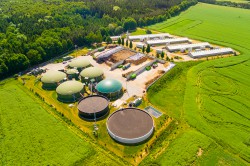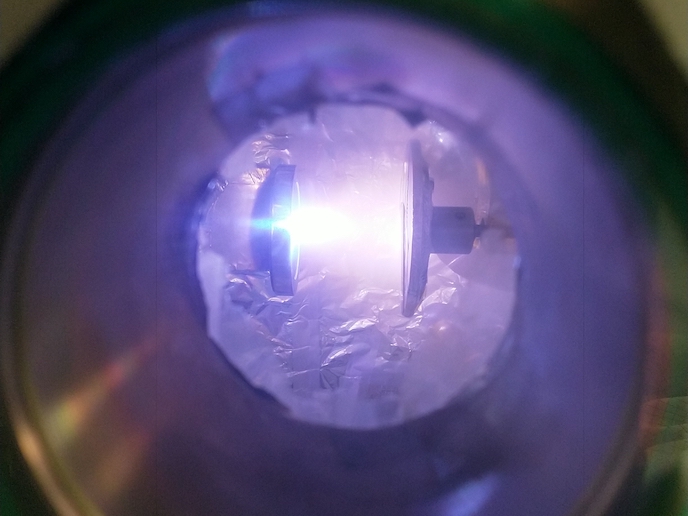A bridge to market for bio-based chemical building blocks
Our continent has no shortage of companies capable of delivering added-value products from feedstocks. But developing such pioneering technologies and scaling them up at demonstration or industrial level is an expensive and challenging process where every aspect, from raw material production to waste management and by-product valorisation, should be considered. With its demonstration activities, the EU-funded BIO-QED project provides bio-based bulk chemicals BDO and IA with a bridge to market. It does so by generating evidence and collecting all technical and economic key design parameters needed for future investment decisions at production plants. The project consortium made sure that produced building blocks can be used not only as replacements for their petrochemical equivalent, but also as parts of a system where they can help solve environmental issues. They verified that process costs could still be reduced significantly by implementing novel concepts; that the sustainability profile of these processes could be improved; and that both chemical building blocks could be used for new applications or products with new functionality or improved performance. The results of the project have been outstanding, as Cecilia Giardi from Novamont, coordinator of the project, explains: ‘BIO-QED has validated a robust process, both upstream and downstream. The obtained building blocks have proven to be completely functional for final applications, and to have a very good environmental profile.’ BIO-QED breakthroughs are also cost-related, with continuous and highly selective processes and energy-friendly novel technologies for separation and purification. Last but not least, the project shines through its efficient use of renewable resources and byproducts recovery opportunities. ‘Bio-BDO production is now ready to be demonstrated at industrial scale, whereas IA production processes have been scaled up at demo level at Fraunhofer’s Leuna Facility. Purified samples of both biochemicals have been delivered to end users involved in the project for their validation in polymerisation tests for several applications,’ Giardi explains. The polymerisation has been successfully carried out and the first prototypes (i.e. carrier bag) have been realised. In the future, Giardi foresees more developments in the feedstock sector, where the consortium already conducted successful experiments aimed at obtaining sugar from lignocellulosic biomass. ‘BIO-QED platforms will be able to quickly develop innovative bio-based processes, justifying new investments with the impact of possibly regenerating the use of existing chemical facilities that were abandoned over the past years due to economic crisis or delocalisation,’ Giardi enthuses. ‘In this sense, the project promotes an approach to bioeconomy guided by the principle of regeneration of local areas to create new industries, new products and new jobs. Mater-Biotech, one of our partners, is a good example of a company born from the reconversion of a decommissioned industrial site in north-east Italy into the first dedicated industrial plant at world level to produce biobutanediol through fermentative process.’
Keywords
BIO-QED, bioeconomy, butanediol, itaconic acid, BDO, IA, bio-based, building block, polymerization







